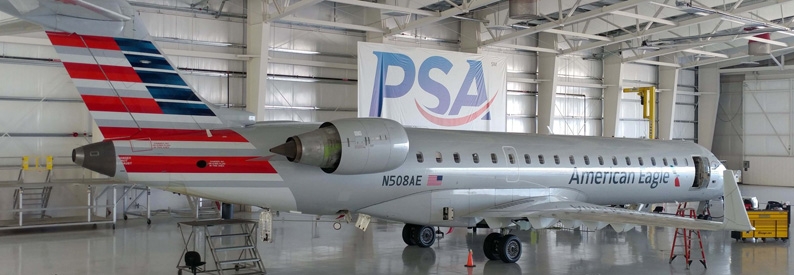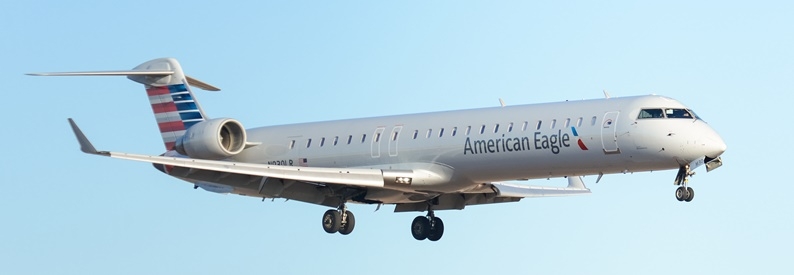The United States Federal Aviation Administration (FAA) has enacted a series of permanent safety measures to restrict helicopter operations at and around Washington National following the January 29 midair collision between a United States Army Black Hawk helicopter and a PSA Airlines CRJ700 (operating on behalf of American Airlines), which killed 67 people.
The measures include:
- non-essential helicopter flights are now prohibited in the vicinity of Washington Reagan. Route 4, a corridor between Hains Point and the Wilson Bridge, is now closed to helicopters;
- all military operations to and from the Pentagon’s heliport have been suspended until new coordination protocols are in place;
- the FAA is currently negotiating a memorandum with the Army to govern future military flights near commercial planes around Reagan, according to the FAA’s acting administrator Chris Rocheleau;
- increased staffing at DCA and the FAA has established a dedicated Safety Risk Management Plan to identify and mitigate potential threats;
- the airspace has been redesigned, retracting Zones 3 and 4 near DCA, moving them further away from commercial approach paths;
- visual separation has been eliminated, with the FAA instituting that aircraft must now maintain separation using instrument procedures.
In addition, US Transportation Secretary Sean Duffy has supported an independent audit by the Department of Transportation Office of Inspector General (DOT OIG) into airspace operations and safety oversight in the National Capital Region and called for full transparency.
“The DOT OIG audit should assess the FAA’s oversight and management of existing aviation safety gaps, its analysis of data on loss of separation incidents, its design and management of airspace and flight routes around DCA, and should review the role and effectiveness of the DC Helicopter Working Group. The audit should also determine whether the FAA’s decisions regarding airspace design failures contributed to the accident at DCA,” several senators who are members of the US Senate Committee on Commerce, Science, and Transportation wrote in a letter to the DOT OIG.








